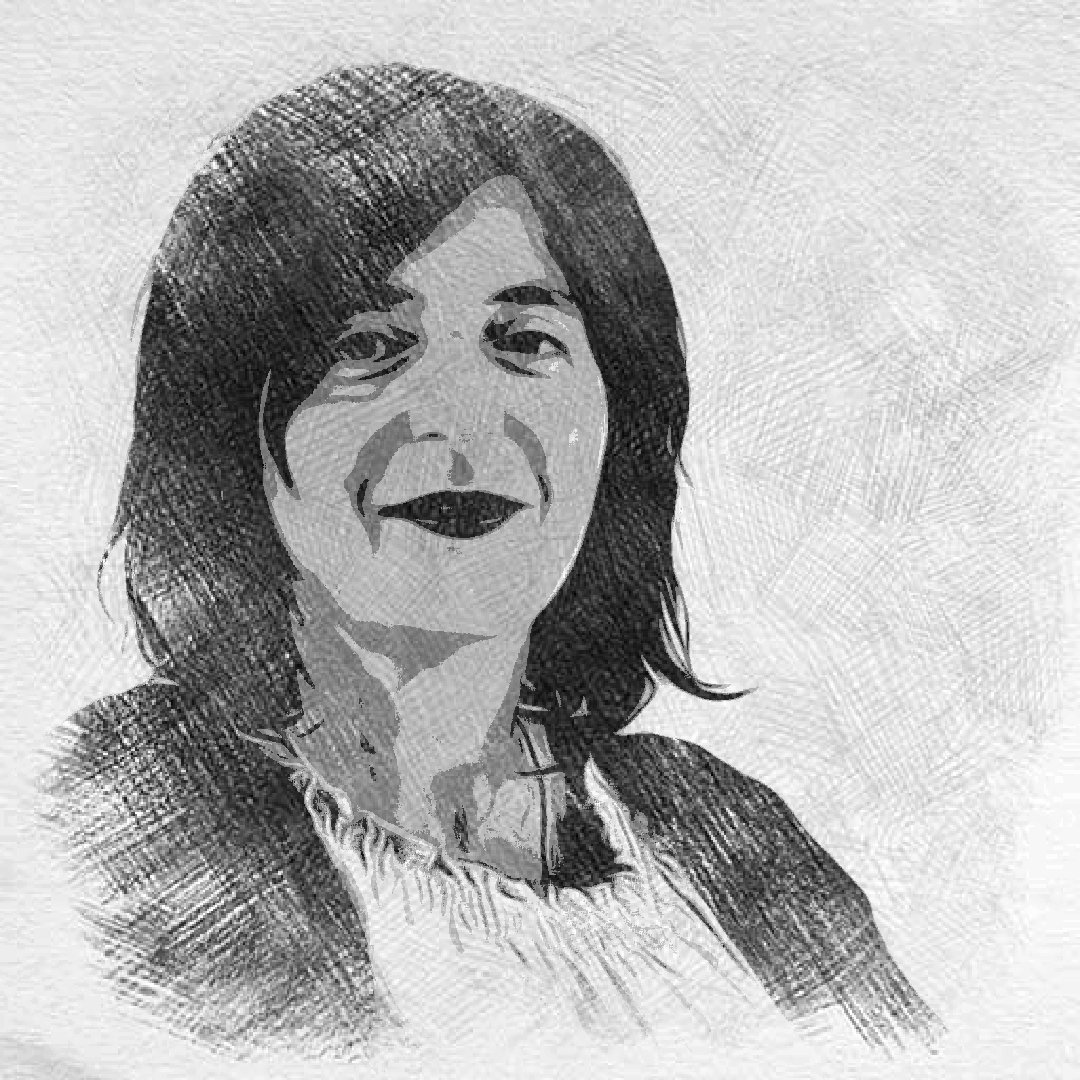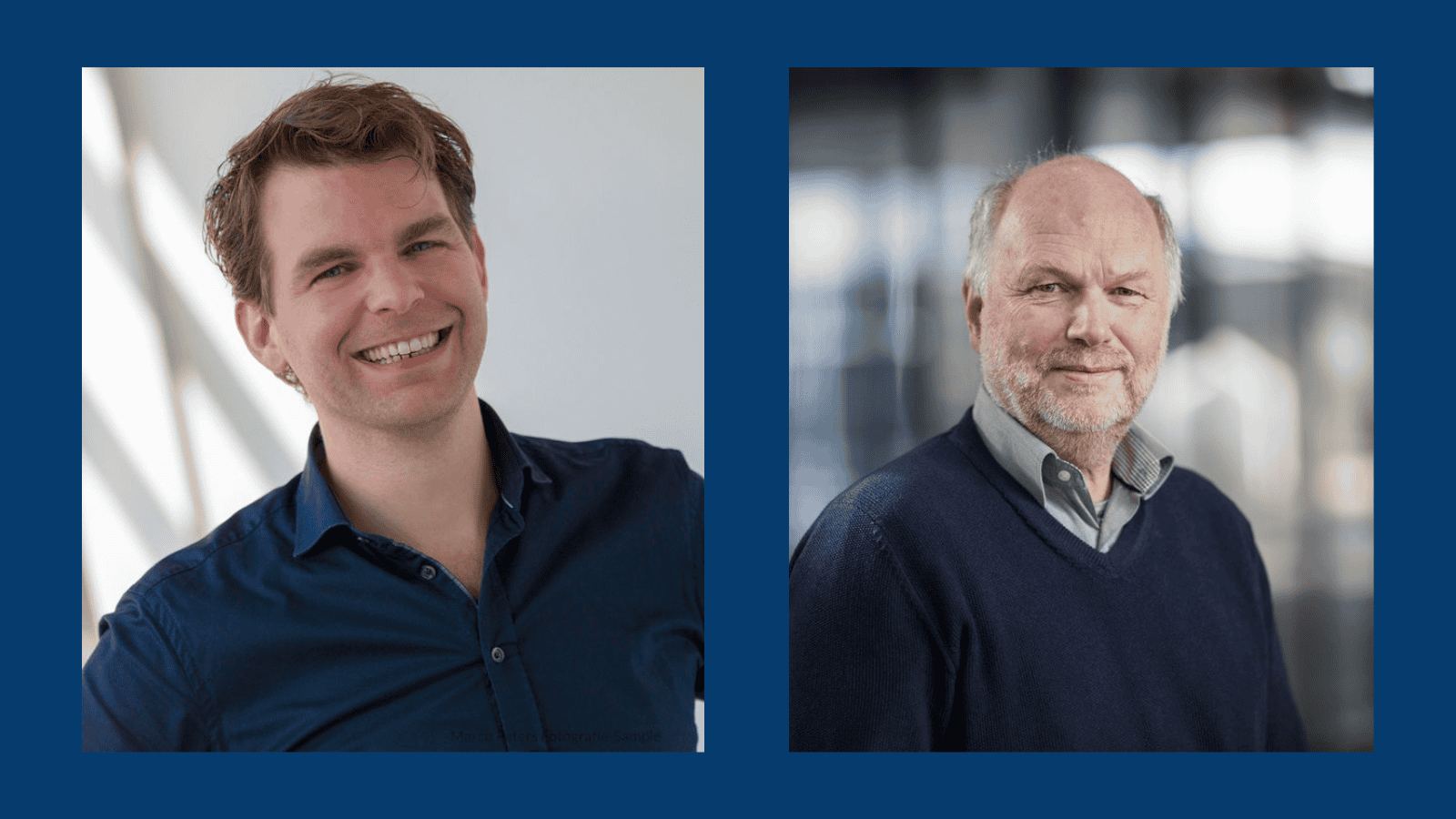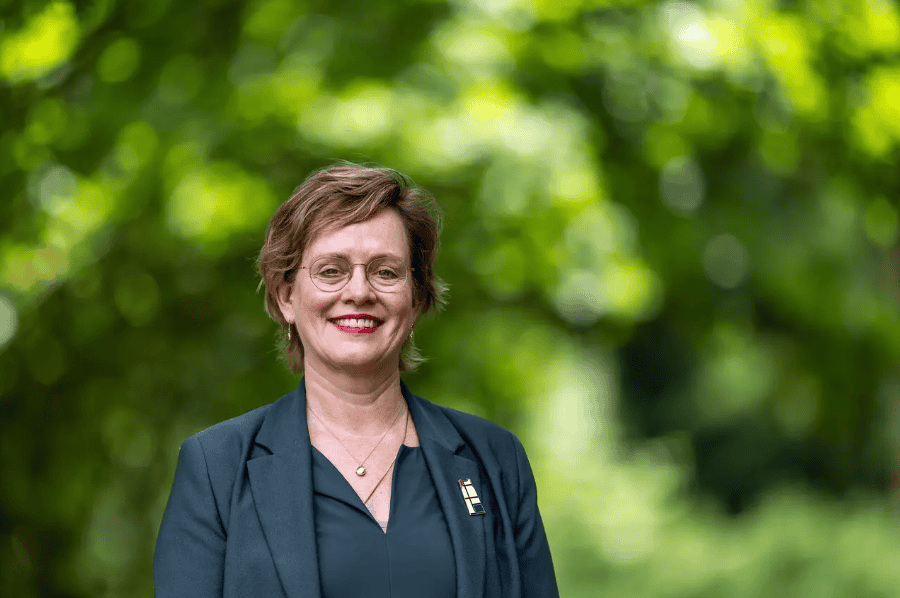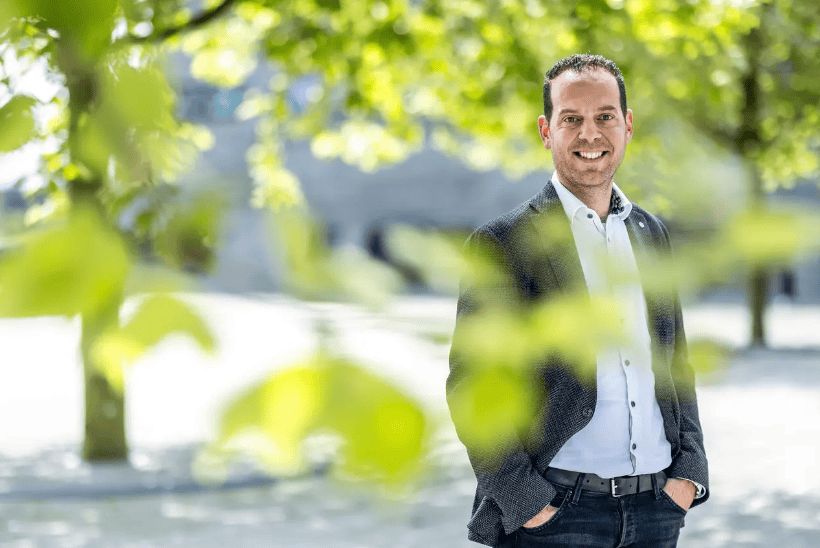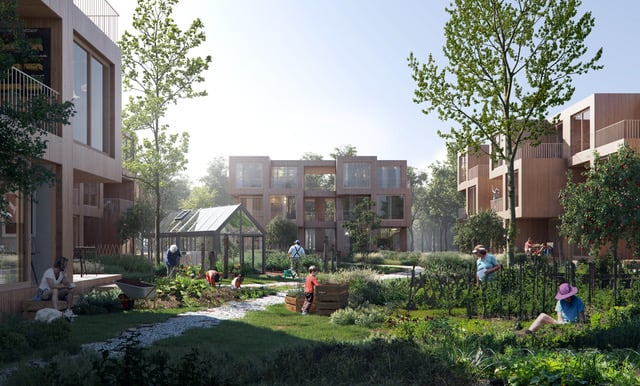
ENZuid is dedicated to achieving a circular economy. Which is why we are featuring four portraits of four entrepreneurs who are committed to this aim. Today: Bernd Hendriksen.
At the time when Bernd Hendriksen, managing director of mHome, was studying environmental sciences in the Dutch city of Nijmegen, sustainability still had a sandal-wearing, tree-hugging image. While at that time in the early 90s, he had already been thinking: improving the world is a wonderful thing, but why not make a business model out of sustainability? Thirty years later, after a career at KPMG, he has finally made it his business and earns his living by developing circular housing projects.
How did you come up with the idea for mHome?
“The problem with sustainability is that if you want to build a home in a sustainable way, everyone cries out: ‘Oh how cool, how wonderful!” At the same time, people tend to think that such a house is not very comfortable. Ultimately, people want comfort – warm in winter and cool in summer, good air quality and enough living space. Yet the idea that sustainability and comfort cannot go well together is a huge misconception. We want to realize projects in which both aspects go hand in hand through mHome, the company I founded with three partners in 2020.”
How do you do that?
“We make two modules that have different proportions which you can stack and switch in all kinds of ways. This enables us to construct our homes really quickly and flexibly. The average time for traditional construction projects is 7 years. We are able to finish a construction project in 20-24 weeks depending on the type and quantity of the houses with those modules that are prefabricated in a factory. All the more so given that we are not dependent on weather conditions. It’s just a matter of putting those modules on a truck and then assembling them at the construction site. This method also cuts down on nitrogen emissions, because fewer trucks are needed than those that normally drive to and from a construction site.”
What makes those homes sustainable as far as the materials that are used are concerned? And what about energy consumption?
“For building, we use wood fiber, cross-laminated wood, sometimes cellulose or cork as well. Natural materials have the property that they can hold heat in the winter and keep the house cool in the summer. They also store CO2.

Needless to say, the homes are also energy-neutral, gas-free and equipped with solar panels. The idea behind mHome is: ‘Building a world that leaves no one behind‘. This means wood from sustainably managed forests and a remountable, moveable and modular design. The building material not only has a long lifespan, it is also reusable and recyclable. But it also embodies healthy and comfortable living for everyone at affordable prices.”
What target group or target groups are you catering to with these houses?
“We basically make our houses in two sizes: 35 and 60 m2 in size. As such, they are intended for small, 1-2 to maximum 3-person households: singles, couples, starters and also seniors. A fine and innovative concept that we have tried out in our living lab in Nijmegen. In part based on the experiences of residents, we are now developing a residential courtyard at the Brainport Smart District in Helmond, where people across different age groups, from young to old, live side by side with communal facilities. Such as the garden but also laundry rooms where residents can meet each other. Besides providing housing, such a concept also has a social function: the idea is that people look out for each other.”
That sustainability and comfort cannot go together is a huge misconception.
Bernd Hendriksen, mHome
“In addition to private individuals, housing corporations, municipalities and healthcare institutions are also showing interest in our housing concepts. For instance, to establish independent living accommodation for addicts, or the combination of housing and care for people with a mental disability. The use of natural materials has been proven to raise the quality of life: it calms people down and lowers their heart rate.
These can be temporary homes, but they can also be lived in on a permanent basis. The modules are multifunctional and movable, and have a lifespan of up to 100 years. We do specify a minimum of 15 years in our contracts. This is not only due to the sustainability aspect, but also because it would otherwise be difficult to put a business case together.”
How much does this way of building take demographics and trends into account? Such as an ageing population? But also changing housing needs, like people who want to start a family or live somewhere smaller?
“If you mean whether or not you can add on an extension or remove a piece of the house, I doubt that this will happen in practice at the moment. The houses are made up of modules, however, which means that they can be adapted depending on the design. There is also room for flexibility, and our architects are quite capable of coming up with heaps of variations with the two types of modules.”

How is the appetite among (future) residents for the homes?
“For the project that we are currently working on – Brainport Smart District in the Helmond district of Brandevoort – recently 350 people registered for an information evening in December. For 52 homes! So there is plenty of interest. But these future residents also want to know about the level of comfort they offer. That is why we invited a resident of St. Hubert from Nijmegen to attend the information evening. She is very satisfied and told us, among other things, how she manages to heat her home. Those are things that people like to hear.”
Read the other articles in this series via this link.

